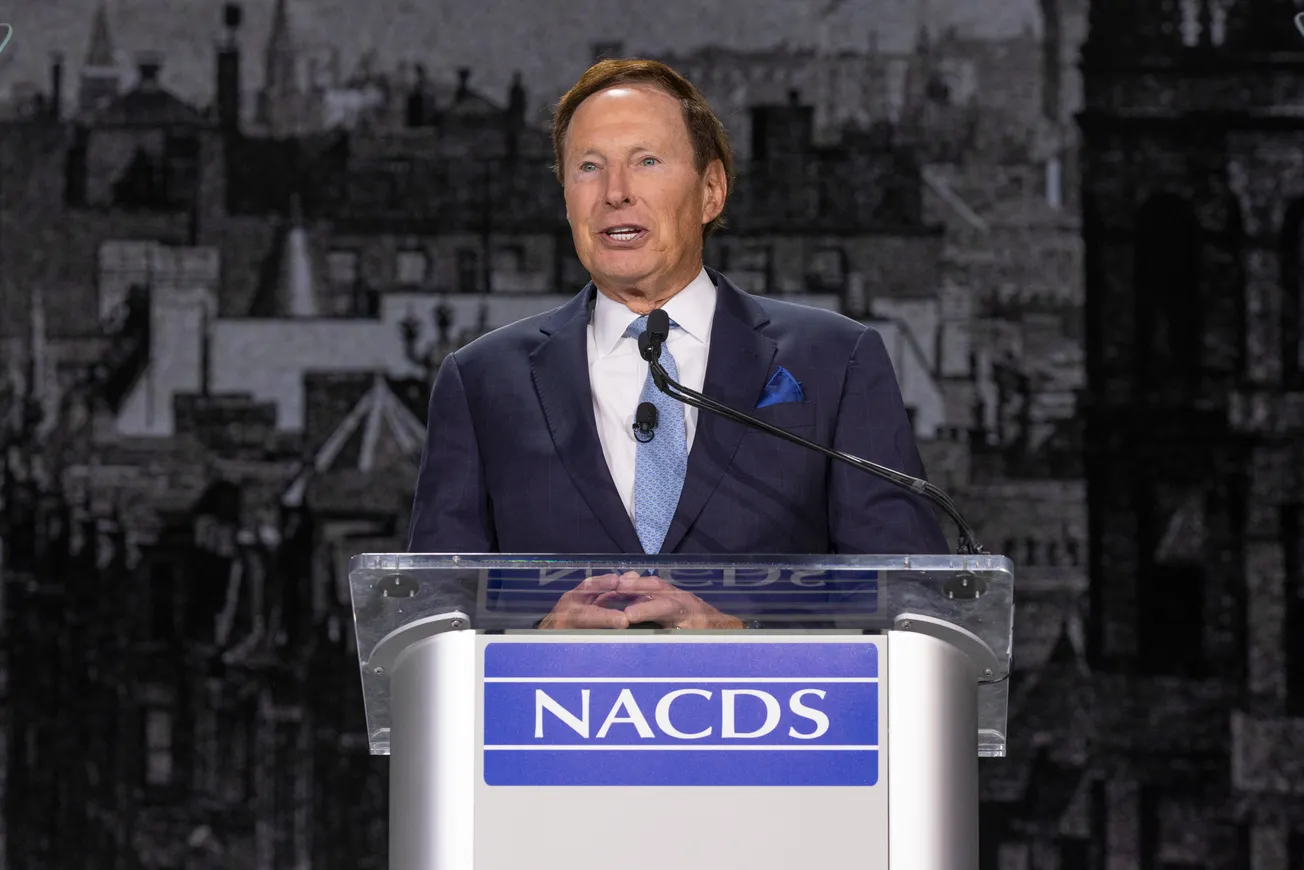CHICAGO – Amazon, Aldi, Costco Wholesale Club, and Walmart are among U.S. grocery retailers best positioned for success in 2053, according to a report out today from dunnhumby.
“Grocery 2053: A Data-Driven Gaze into the Future” is the data science firm’s examination of trends that will have the biggest potential impact on grocery retailers over the next three decades, which retailers are best positioned, and which retailers need to evolve in order to remain relevant.
“While the shifts the retail grocery industry have gone through over the last three and a half years have been quite dramatic, the reality is that consequential shifts unfold over decades,” says Matt O’Grady, president of the Americas for dunnhumby. “Grocers will rise or fall based on their ability to align themselves to the dominant demographic, cultural, economic, and technological trends that will slowly reshape the market context over decades to come. The aim of our report is to help retailers understand what shopper values that will shape the decades to come, and offer a framework of how to transform their organizations over time.”
The report looks at nearly three dozen of the largest retailers across conventional, mass, club, specialty, discounter, drug, and dollar channels. Dunnhumby identified 15 sub-trends affecting the grocery sector and then grouped these into mega-trends or macro-trends that will have the biggest impact. The dunnhumby Retailer Preference Index database of more than 70,000 consumer survey responses between 2017 and 2022 was referenced to understand which trends matter the most to consumers. Retailers were then evaluated for based on their future expected customer base, the trends relevant to them, and the value proposition alignment required.
Among dunnhumby’s key findings:
- Generation Y (born 1981-1996) and Generation Z (born 1997-2012), who came of age during the Great Recession of 2008-2010, began their work lives, started their families, and may have become caregivers before and during the pandemic, will be central to how the market evolves over the next three decades.
- Fiscal conservatism (concern about the economy as well as personal day-to-day and long-term finances) is the biggest source of stress for consumers and the most important overarching trend that will continue to affect consumers over the next 30 years. Only when income exceeds $150,000 per year do finances even out with health and the environment as sources of stress for consumers.
- The 10 retailers best positioned to benefit from fiscal conservatism over the next 30 years are Lidl; Food 4 Less; Aldi; Costco Wholesale; Fry’s; Amazon; BJ’s Wholesale; H-E-B; Shoprite; and WinCo. Conversely, Harris Teeter, Wegman’s, Publix, and Sprouts Farmers Market are most vulnerable to the fiscal conservatism trend.
- Beyond fiscal conservatism, the most important trends identified by dunnhumby are health and wellness; data 3.0; values-based consumption; and channel proliferation. CVS topped all retailers for health and wellness, followed by Amazon, H-E-B, Rite Aid, Walgreens, Costco, Walmart, Fry’s, Kroger, and Meijer. The report identifies Amazon as the top store for data 3.0, values-based consumption, and channel proliferation.
- Health and wellness and finances are opposing forces for many consumers. While 80% of consumers aspire to choose healthier foods when shopping, price is a barrier for 60% of them. Younger customers care more about their mental health, whereas older customers care about their physical health.
- Data 3.0 (defined as the adoption of new technology) is still nominal, but it greatly appeals to younger generations. That means that winning the hearts and wallets of future post millennial generations will happen not only via offering self-checkout lanes (used by four out of every five customers) but integrating new and holistic virtual tech into purchases and communications.
- Values-based consumption, based on values such as sustainability or on the welfare of store employees, remains aspirational and ranks last when customers are asked to trade off with other needs like finances and personal health, according to dunnhumby. That’s because like health and wellness, consumer needs that are less personal and less immediate to the consumer take a back seat until the priorities are fulfilled.










